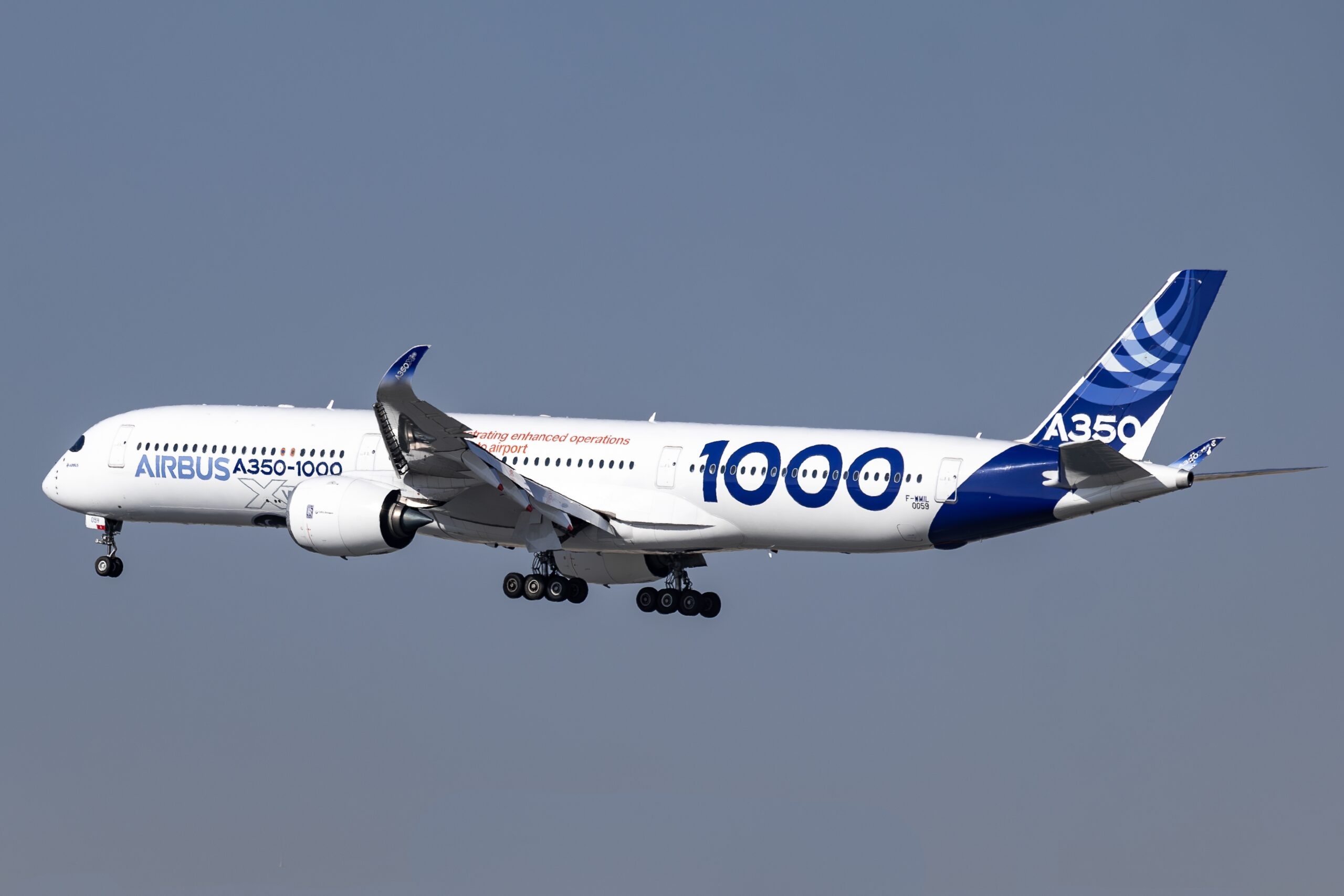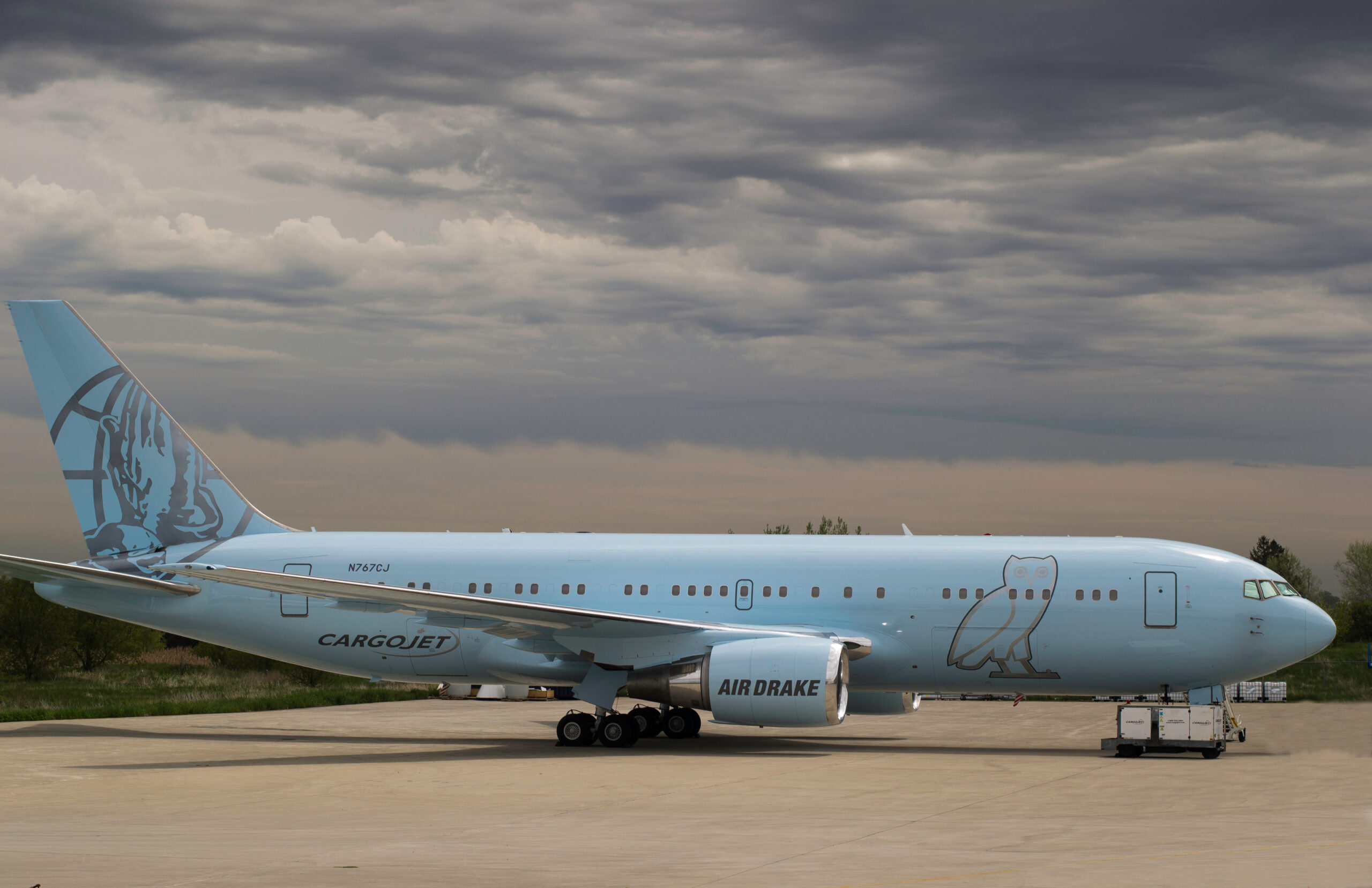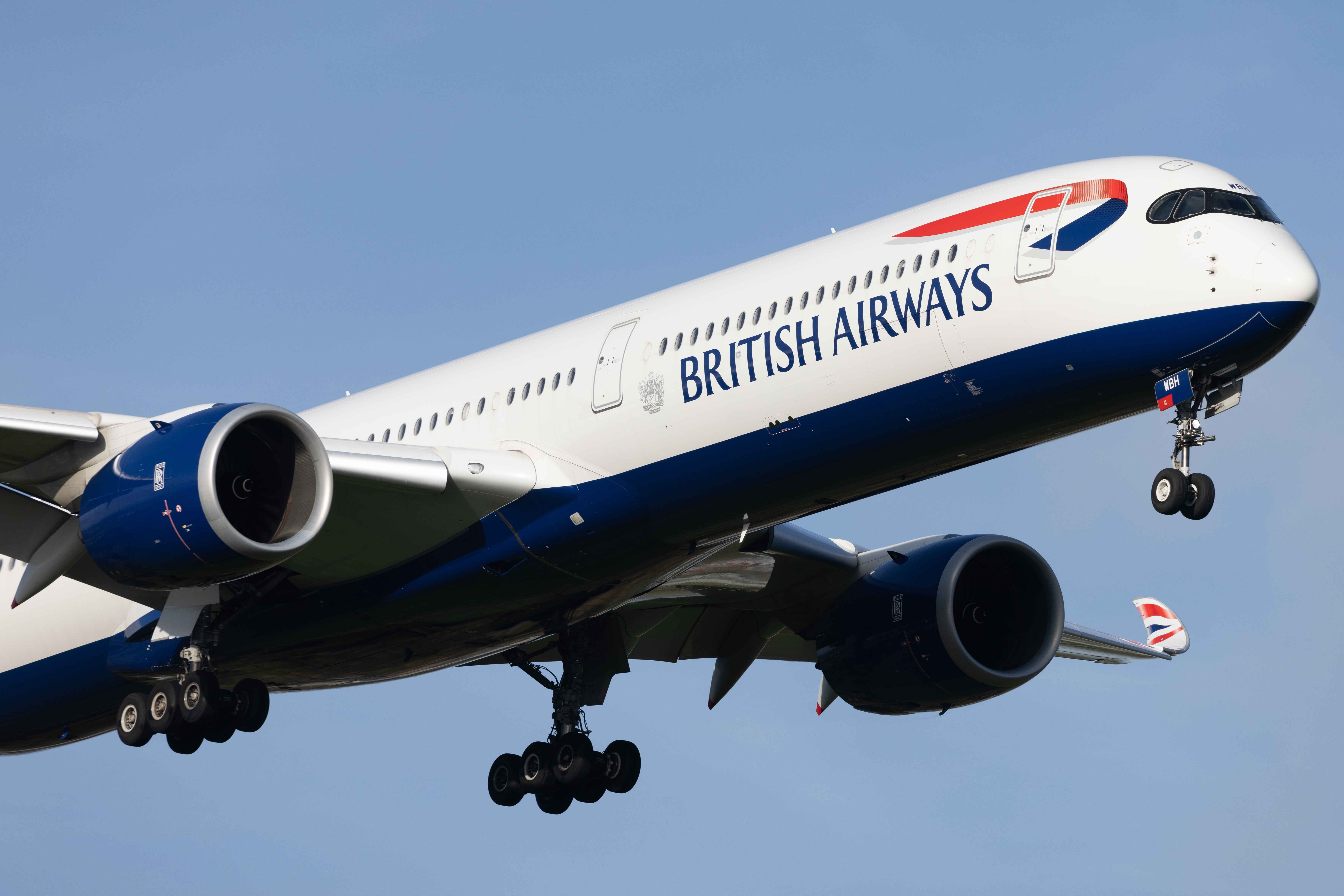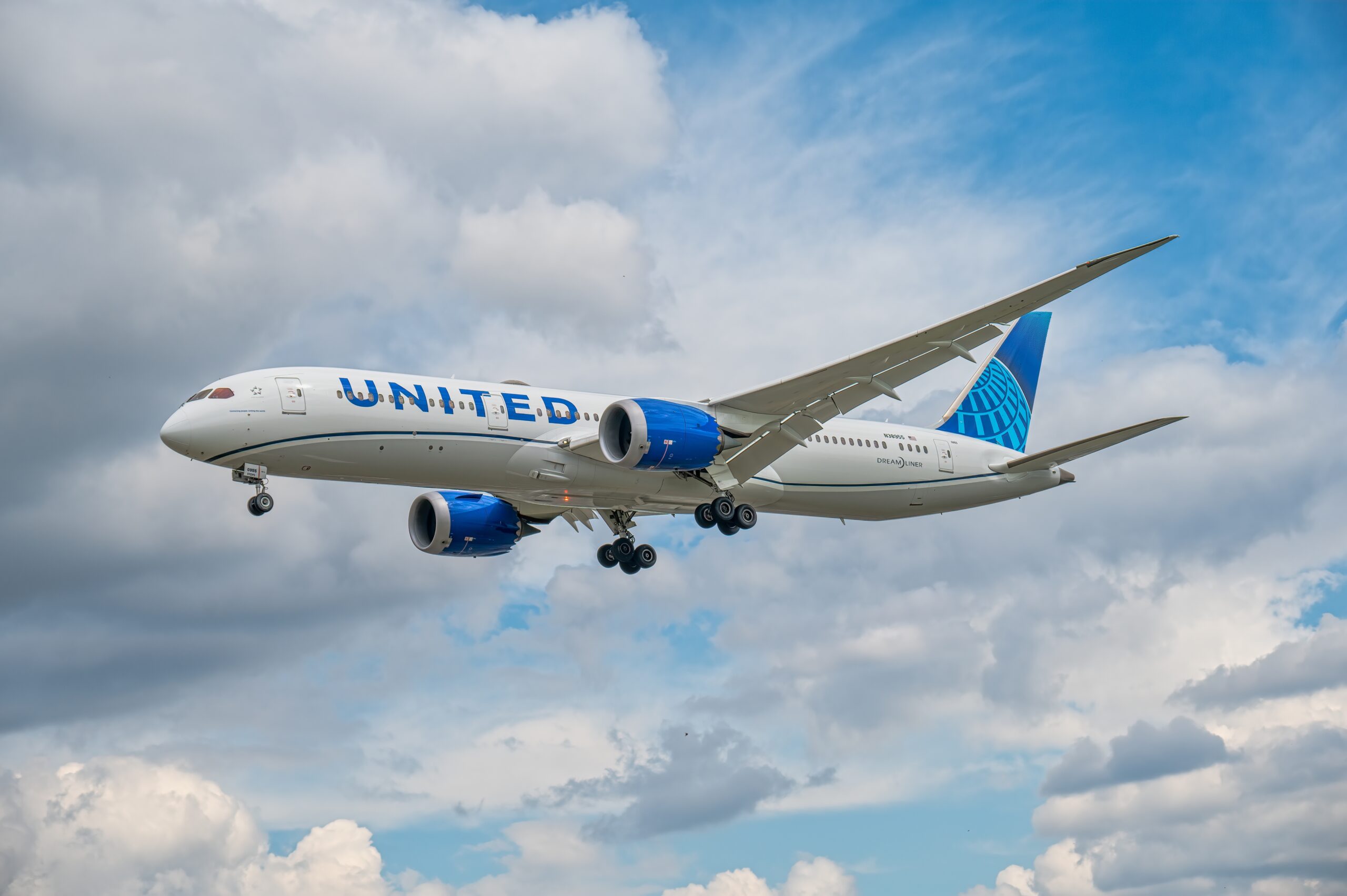The B-2 Bomber Cockpit: An Inside Look
The B-2 bomber, also known as the Spirit, is an American heavy penetration strategic bomber. Designed during the height of the Cold War, its distinctive flying wing design showcases advanced stealth capabilities. Central to its operations is the cockpit, a sophisticated centerpiece of technology and engineering.
Overview of the B-2 Cockpit
The cockpit of the B-2 bomber is a marvel of modern aviation engineering. It is designed for efficiency and control, equipped with advanced avionics and flight systems. At its core are two seats for the flight crew: the pilot and the mission commander. Each has defined roles, although both are capable of handling the full range of the aircraft’s controls.
Design and Layout
Built for stealth and functionality, the cockpit’s layout minimizes reflection and radar signature. Materials used are typically non-reflective and lightweight. The cockpit is spacious compared to other bomber architectures, allowing room for navigation, controls, and crew efficiency. Multiple digital displays provide real-time data to assist in navigation, defense, and mission execution.
Instrumentation and Controls
The B-2’s cockpit has several Multi-Function Displays (MFDs) providing crucial information. Pilots navigate through the MFDs for data on altitude, speed, and radar. A Heads-Up Display (HUD) projects critical flight information onto the pilot’s field of view, allowing for attention on both instrumentation and airspace. Control sticks intuitively respond to pilot input while feedback systems ensure smooth operation. A digital fly-by-wire system offers enhanced control and stability over the aircraft.
Avionics and Stealth
Advanced avionics define the B-2’s operation. Reduced radar cross-section ensures stealth, critical for clandestine missions. Avionics systems help maintain its low detectability by navigating unpredictably and employing radar-absorbing materials. Electronic warfare systems enhance survival by jamming and deceiving enemy defenses. Complex communication systems allow secure and strategic communications with ground stations and other aircraft.
Life Support and Crew Comfort
The cockpit is pressurized and climate-controlled, crucial for high-altitude operations. Ejection seats provide safety in emergencies, though due to high-altitude dynamics and potential stealth compromises, their use is a last option. The B-2 also has facilities for extended missions, with provisions allowing crew members to rest during long-duration flights.
Training and Adaptation
Extensive training is required to master the B-2’s cockpit systems. Pilots undergo rigorous instructional programs on the aircraft’s intricacies. Flight simulators play a crucial role in pilot skill development, replicating scenarios and challenges encountered during missions. Continued training ensures pilots remain adept with evolving technologies and mission profiles.
Technological Evolution
The B-2’s cockpit has evolved over the years with the continuous integration of new technologies. Upgrades ensure it remains relevant in modern combat scenarios. The adaptability of its digital systems allows integration of cutting-edge software and hardware improvements. These enhancements streamline operation and improve communication with other military assets.
Role in Global Defense
The B-2 Spirit remains a key asset in U.S. strategic defense. Operating from secure bases, it projects power globally, playing a pivotal role in deterrence and, when necessary, engagement. Its cockpit is the command center for missions critical to national and global security. The ability to carry conventional and nuclear payloads underlines its strategic importance.
Future Prospects
As defense needs evolve, so does the necessity for replacing or supplementing the B-2. New bomber programs, like the B-21 Raider, are in development, focusing on next-generation stealth capabilities. Advances in automation and artificial intelligence may influence future cockpit designs. Despite these advancements, the B-2’s design and technology continue to inform new innovations in aviation.






